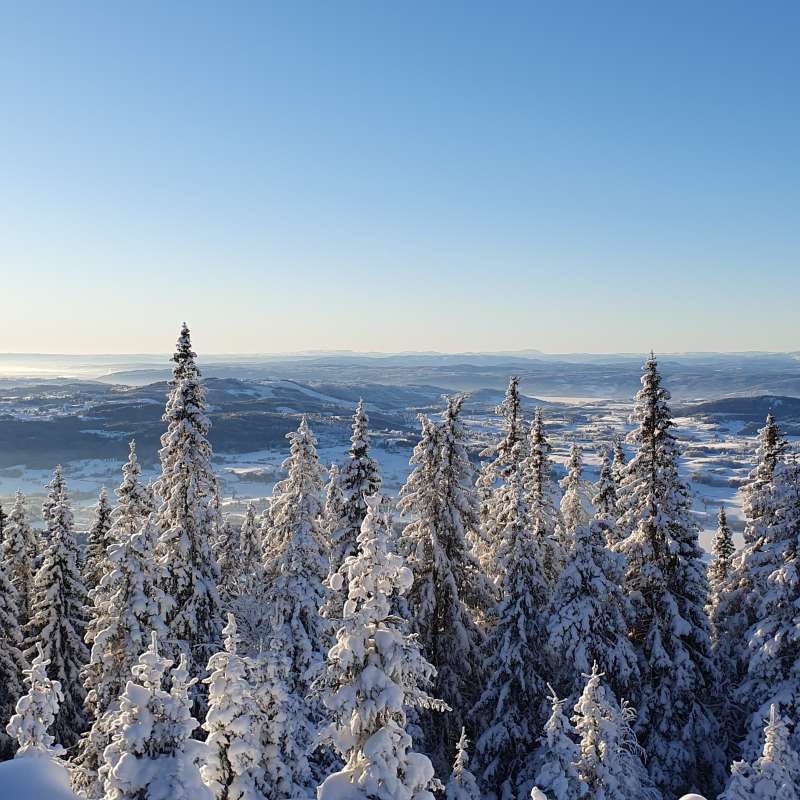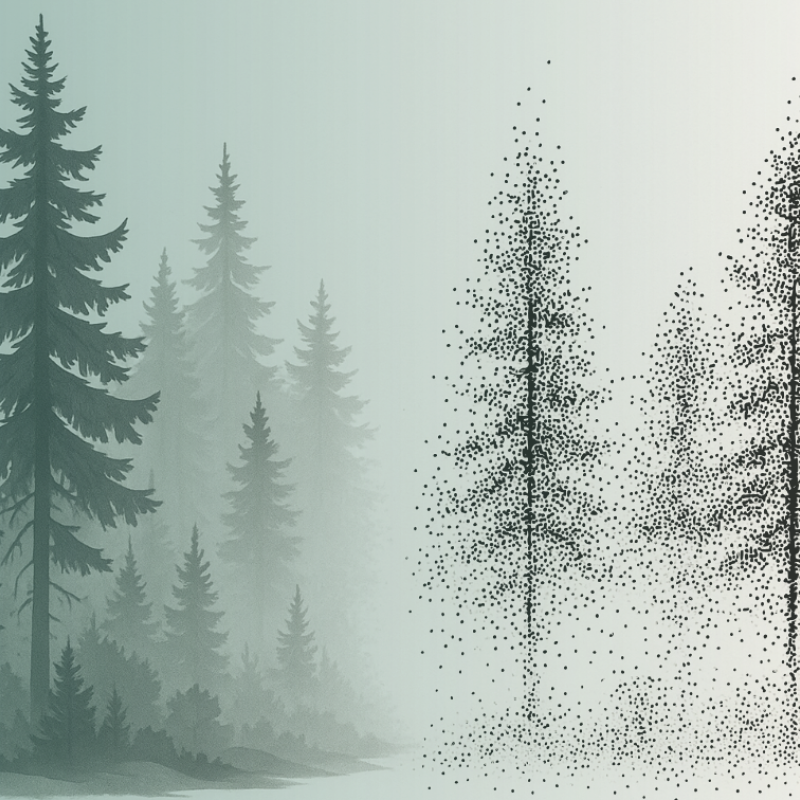Ignacio Sevillano
Forsker
(+47) 920 62 589
ignacio.sevillano@nibio.no
Sted
Ås - Bygg H8
Besøksadresse
Høgskoleveien 8, 1433 Ås
Biografi
- Rolle: min rolle fokuserer på å forutse skogens utvikling og tilhørende økosystemtjenester (karbonlagring, tømmerproduksjon osv.) under ulike forvaltningsalternativer og politiske scenarier.
- Ekspertiseområde: treslagenes ytelse som respons på miljøfaktorer og ulike forvaltningspraksiser; skogkultur; skogforvaltning basert på datavitenskap; trefysiologi og vekst.
- Forskningsinteresser: skogens økosystemtjenester; klimatilpasning; bærekraftig skogforvaltning.
Forfattere
Aksel Granhus Ulrika Jansson Kjersti Holt Hanssen Jørund Rolstad Ignacio Sevillano Ken Olaf StoraunetSammendrag
Det er ikke registrert sammendrag
Sammendrag
Det er ikke registrert sammendrag
Forfattere
Ignacio Sevillano Aksel Granhus Clara Antón Fernandéz Heleen de Wit Fride Høistad Schei Rannveig Margrete Jacobsen Ulrika Jansson Asplund Heikki Korpunen Christian Wilhelm Mohr Jenni Nordén Jørund Rolstad Svein Solberg Ken Olaf Storaunet Marta VergarecheaSammendrag
There is an increasing interest in continuous cover forestry (CCF) as an alternative to clearcutting to promote multi-objective forests and preserve continuous maintenance of forest cover. Here, we assessed the effect that an increased use of CCF harvesting methods (shelterwood and selection cutting) in Norwegian forests can have on carbon sequestration. Thus, we simulated CO2 uptake in Norwegian forest stands throughout the 21st century under three scenarios that represent different levels of clearcutting and CCF harvesting methods, keeping the annual harvest volumes constant across all scenarios. The three scenarios are: 1) Business-as-usual (reference scenario where 3.5% of the harvested volume is obtained using CCF harvesting methods); 2) Harvested volume using CCF harvesting methods is increased to 15%; 3) Harvested volume using CCF harvesting methods is increased to 25%. Increasing the proportion of CCF would increase CO2 removals in the long-term (2100), resulting in an additional uptake of nearly 32 and 24 Tg CO2 when increasing CCF up to 25% and 15%, respectively. However, the simulations also showed that to be able to harvest the same timber volume as in the reference scenario that reflects current practice, an increased proportion of CCF would also require logging on a larger proportion of the forest area. CCF could have also positive implications for certain aspects of biodiversity, such as species that require shaded conditions, but harvesting across a larger total area could negatively impact other animals, plants and fungi.

Divisjon for skog og utmark
EU Climate Policy Implications for Land Use in Norway: Managing Trade-offs and Achieving Policy Coherence (ClimaLand)
The ClimaLand project will investigate trade-offs between policy goals, governance levels, and sector interests, and seek to identify how to design more coherent climate and land-use policies. An important objective is to investigate how conflicting policy goals can be handled and various considerations and land-use interests balanced.

Divisjon for skog og utmark
A Decision Support System for emerging forest management alternatives
This project aims to develop advanced tree growth models using LiDAR-derived, high-density point cloud data to improve the simulation of forest dynamics under close-to-nature silvicultural practices. By modeling tree-level growth in structurally complex and heterogeneous stands, these models will support more accurate, spatially explicit forest simulations and inform sustainable and diversified forest management decisions.
